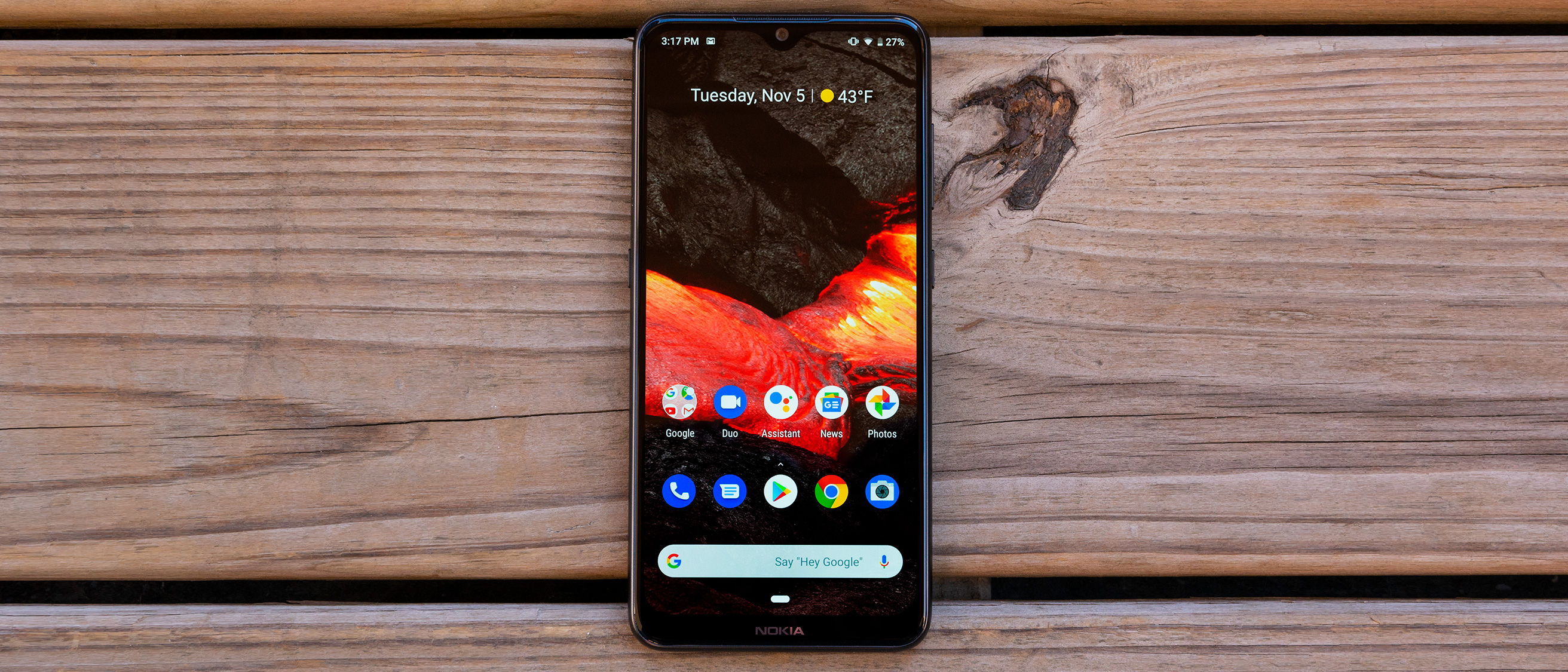TechRadar Verdict
The Nokia 7.2 offers premium design and solid performance at a mid-range price. It’s only when the phone tries to go above and beyond with features like a wide-angle camera that it stumbles.
Pros
- +
Strong main cameras
- +
Pleasing design
- +
Smooth performance
Cons
- -
Wide-angle camera is a let-down
- -
Slow charging
- -
Unimpressive HDR
Why you can trust TechRadar
Two-minute review
The Nokia 7.2 has all the aspects of a competent smartphone and then tries to push a little further. Its design is great, with a look and feel that’s not too unlike the new Google Pixel 4. Though it’s lack of water resistance is a testament to its mid-range status.
The display is big and bright, but the LCD panel doesn’t manage to keep up with OLED displays. And that’s still true when factoring in its PureDisplay mode, which converts content into HDR.
Performance is smooth across the board for the Nokia 7.2. Browsing, texting, streaming video, gaming, and snapping pictures all happens with ease.
The Nokia 7.2 tries to be special with its cameras. The primary camera does an excellent job in all conditions, as does the selfie camera. There’s a wide-angle camera and a depth sensor as well, but these do little to improve the experience, only offering some ways to get playful shots.
The whole package comes at a good price, and competes well with most other phones in the price range.
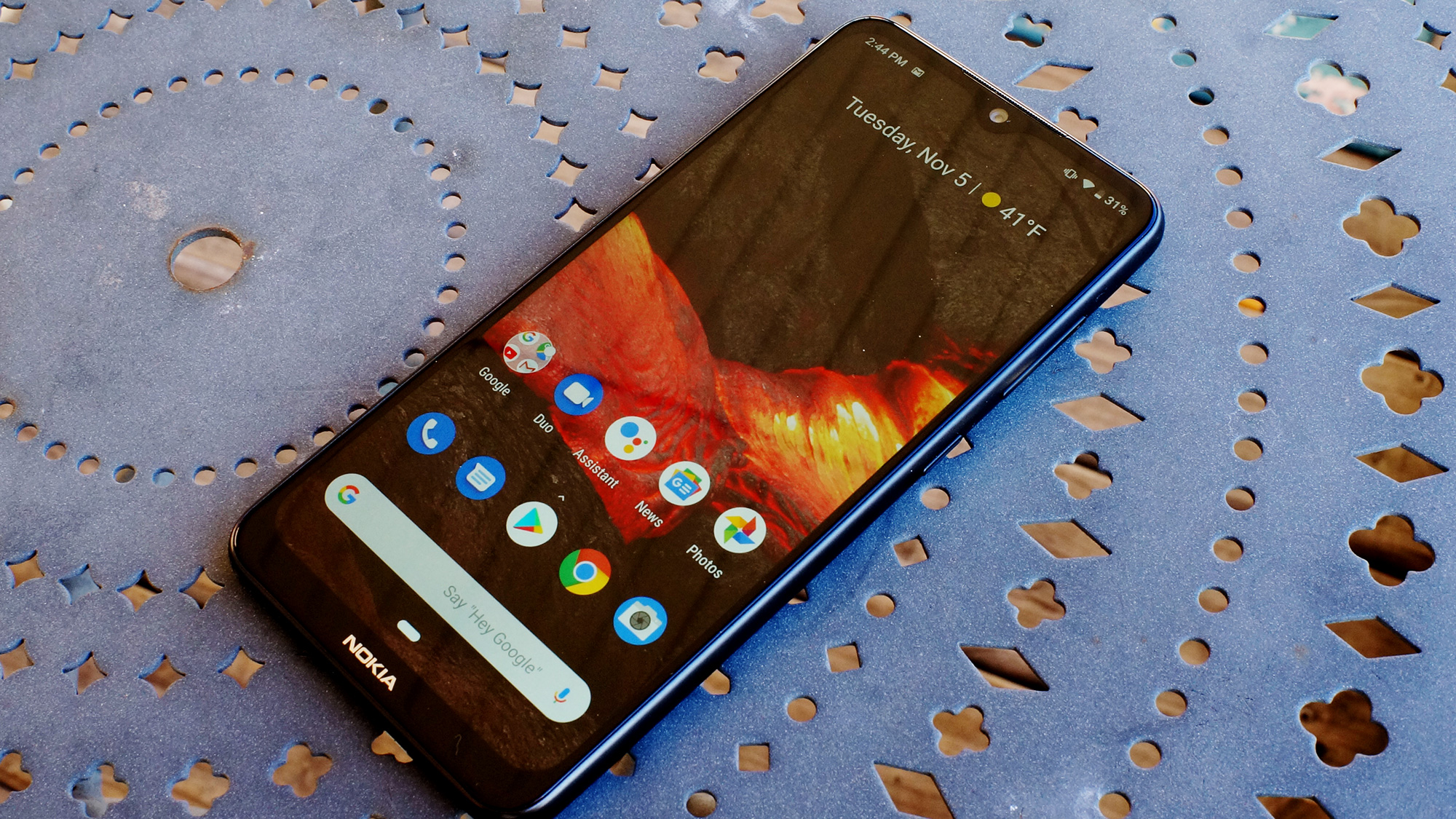
Nokia 7.2 release date and price
- Out now in the US, UK and Australia
- Costs $349/£249.99/AU$499
- Different regions have different configurations
The Nokia 7.2 offers a lot for the price, though there are multiple configurations available and at the time of writing they're not all available everywhere.
In the US you're looking at paying $349 for a model with 128GB of storage and 4GB of RAM. In the UK there currently only seems to be a version with 64GB of storage and 4GB of RAM, and that will set you back £249.99.
Australia has access to the top model with 128GB of storage and 6GB of RAM for AU$549, while the 64GB/4GB model will be landing exclusively on Telstra in the country at a later date for AU$499.
We've reviewed the US model, a version which comes with plenty of storage and room for more with a microSD card. It’s also unlocked, so that means carrier freedom. The Android One experience brings some free cloud storage as well as a pure Android operating system.
Beyond that, the design is stellar for the price, and its packing a proper mid-range processor. This a phone that should put Motorola on its heels, as it competes well with the Moto G8 Plus.
It does have competition from the market of older flagships, though, as something like a Samsung Galaxy S9 on discount could come close to the same price while boasting many superior specs and features. The Huawei P30 Lite is also worthy competition in markets where its available.
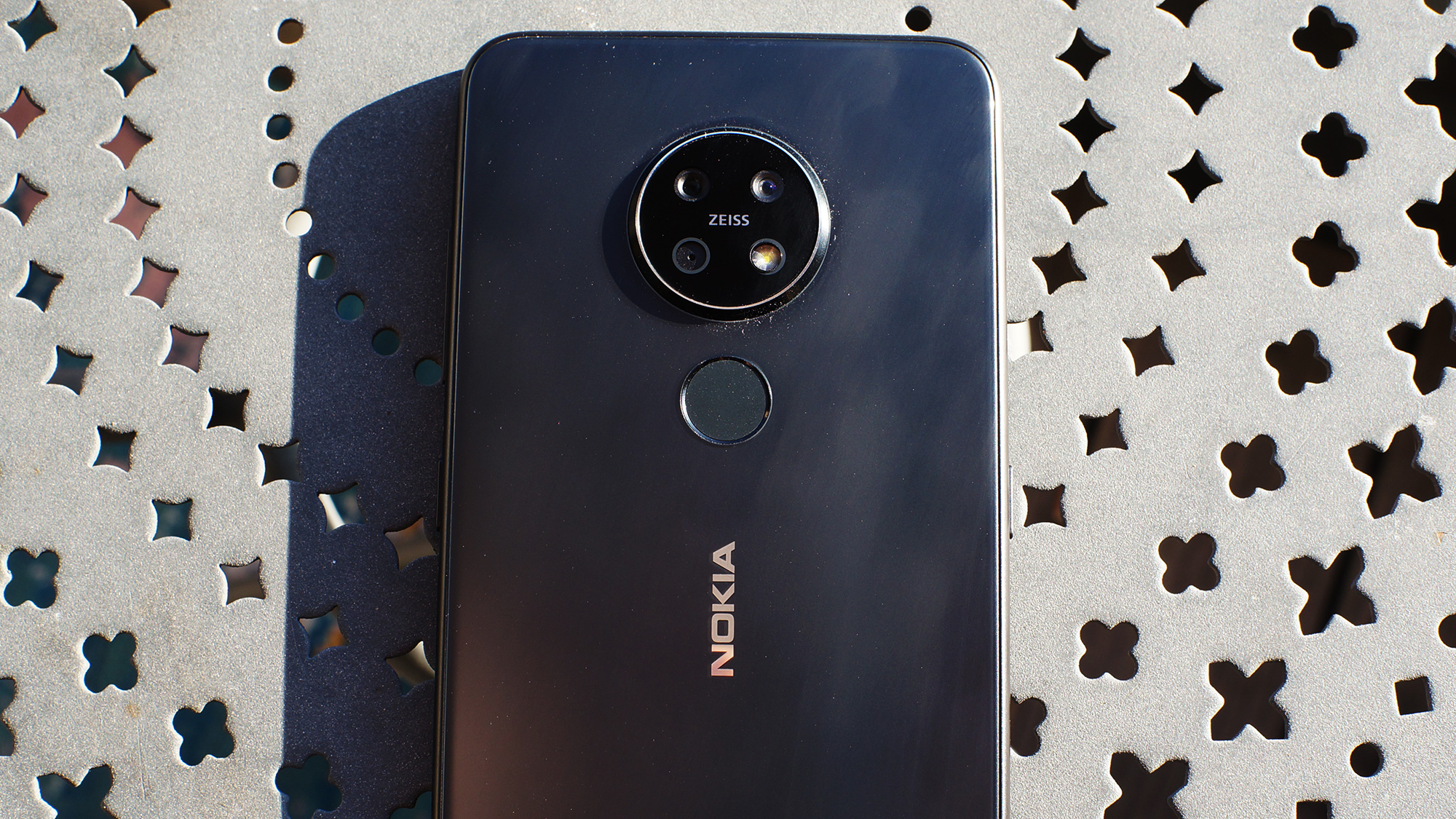
Design
- Feels great in the hand
- Gorilla Glass on front and back
- No water resistance rating
You could be forgiven for thinking the Nokia 7.2 is a more expensive phone than it is. The bezels around the display may be a tad wide but the rest of the design is smooth. The corner curves match well with the curves around the display, and the whole handset feels great in the hand.
The frame of the Nokia 7.2 is made of metal and a special polymer, which Nokia claims to be twice as strong as a regular polycarbonate. We’ve felt some really sturdy polycarbonate in the past, and the Nokia 7.2's frame doesn’t feel flimsy. It may be weak to water, though, as Nokia has offered no resistance rating for this device.
Both the front and back are covered in Gorilla Glass, while the rear has a frosted finish that makes it feel extra smooth. The feel in our hand is actually reminiscent of the Google Pixel 4, which is a big plus for a phone that costs half as much.
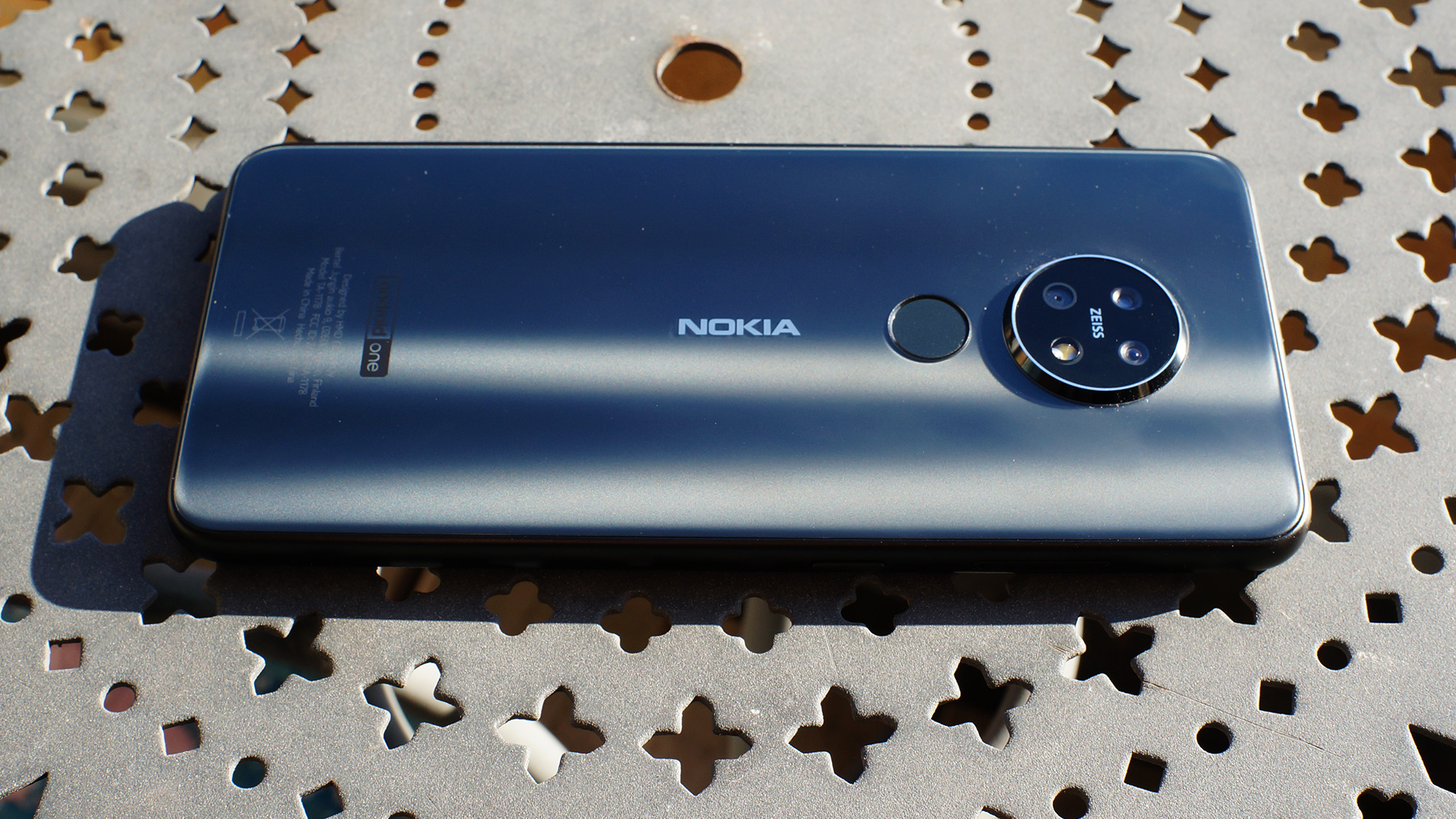
There’s a small teardrop notch housing the front-facing camera at the top of the display, while a round camera bump houses the three rear-facing cameras and flash. The fingerprint sensor sits just below the rear camera ring.
The power button lights up with a white LED. It’s a nifty effect, though could get annoying on a bedside table. There’s a volume rocker above the power button, and a dedicated Google Assistant button on the opposite side.
On the bottom of the Nokia 7.2, there’s a USB-C port (only USB 2.0 speeds though), and a narrow speaker grille. There’s a 3.5mm headphone jack on the top of the phone. And, a big bonus, the SIM slot can house two SIM cards and a microSD card.
Altogether, the Nokia 7.2 weighs 180 grams and measures 159.92 x 75.15 x 8.25mm. It comes in Charcoal, Cyan Green and Ice colors. Those colors extend beyond the rear glass of the phone to include the frame as well.
Display
- 6.3-inch 1,080 x 2,280 LCD screen
- Supports HDR
- Good quality but no match for OLED
The Nokia 7.2 has a big, 6.3-inch display with a 1,080 x 2,280 resolution. It’s both sharp and bright, with clear visibility in daylight. But, it’s an LCD display. For some people, that might not matter much, as many budget handsets stick to LCD. LCD panels still look good, but once you’ve gotten used to OLED panels, it’s hard to look back.
HMD Global (the maker of current Nokia phones) does try to make the best of the situation. It uses a Pixelworks processor to convert all videos into HDR for its PureDisplay mode. And, Nokia says the device’s display offers a billion shades of color - much higher than the typical 16.7 million.
How does that translate into reality?
Using PureView, we see a small boost in vibrance, but it’s almost negligible, and is certainly not as stark an improvement as the jump from LCD to OLED.
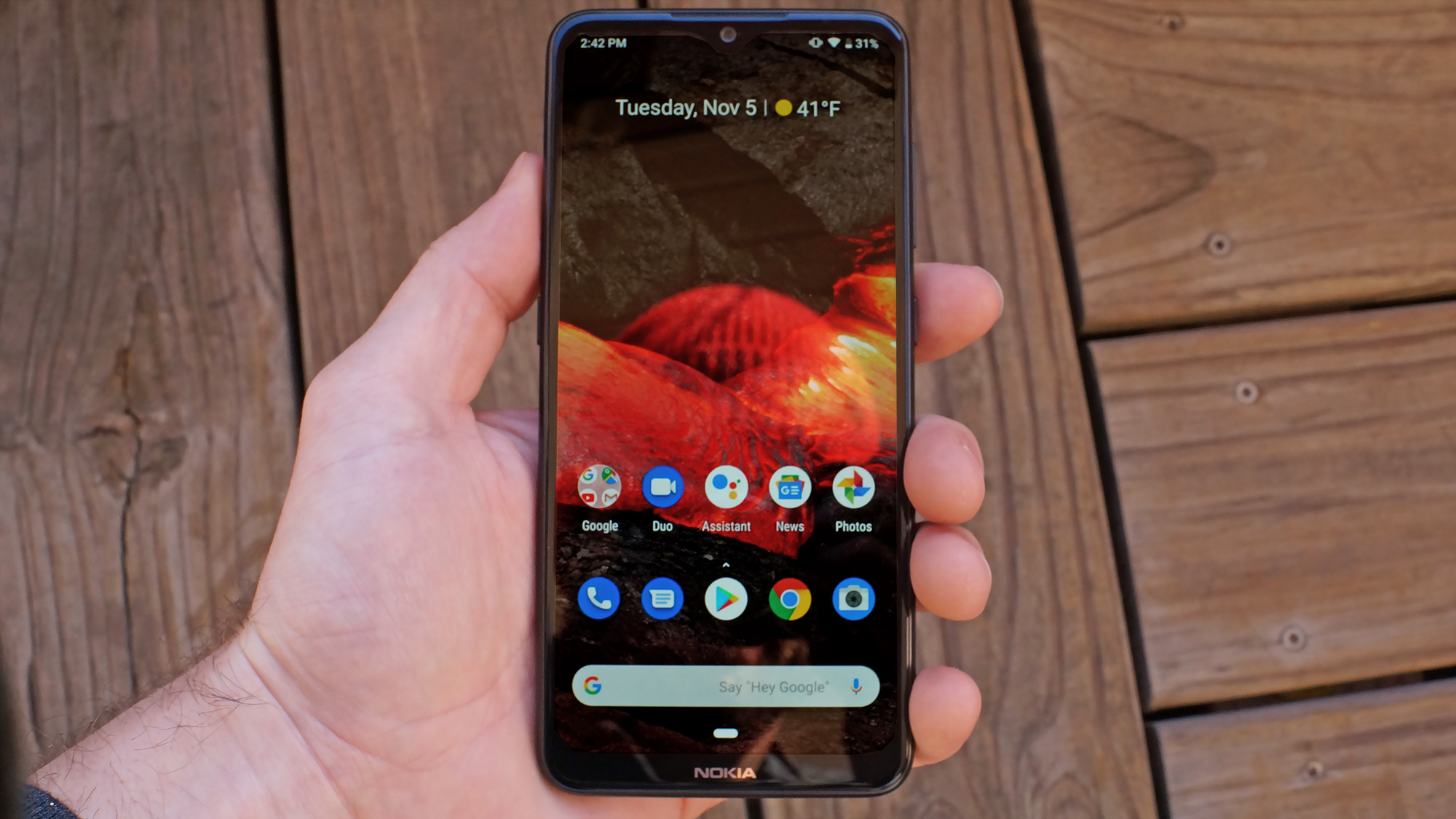
One side-effect of the PureDisplay mode is that it drops dark spots into near-complete blackness. This has two impacts: where we might have seen detail, there is none. Where we might have seen compression artifacts in dark portions of video streams, there is none.
We watched the Holdo’s Sacrifice scene from Star Wars Episode 8, and the shots of space looked improved. Blocky colors and hazy, gray tones of space shifted to a rich black. But soldiers inside the Imperial’s ship lost all the details on their dark uniforms.
The display is about as good as it needs to be, though. At the price, it’s hard to fault it for not being as good as high-end OLED. Even the small tear-drop notch is easy enough to overlook.

Camera
- 48MP main + 8MP ultra-wide + 5MP depth
- 20MP front-facing
- Good main camera, weak wide-angle
The cameras on the Nokia 7.2 are capable, but confusing and inconsistent. When it comes to getting the best shots, we find the main rear camera works best while set to 12MP and the front facing camera just works well at its max 20MP resolution.
We’re impressed by the cameras in some regards. The selfie camera is crisp and produces some quality results, even in darker conditions. The 48MP main sensor does especially well in dark settings, boosting shadows to capture detail we can’t see with our own eyes (we’ll spare you the picture of the bathroom cupboard we took to see just how well it works).
For basic functions, the Nokia 7.2 performs great. It’s when it tries to do more advanced things that its performance gets murky. For instance, there’s a nifty Dual-Sight mode that lets you snap or record using the front and rear camera at the same time to create a side-by-side picture/video. But the rear camera quality tanks when using this mode.
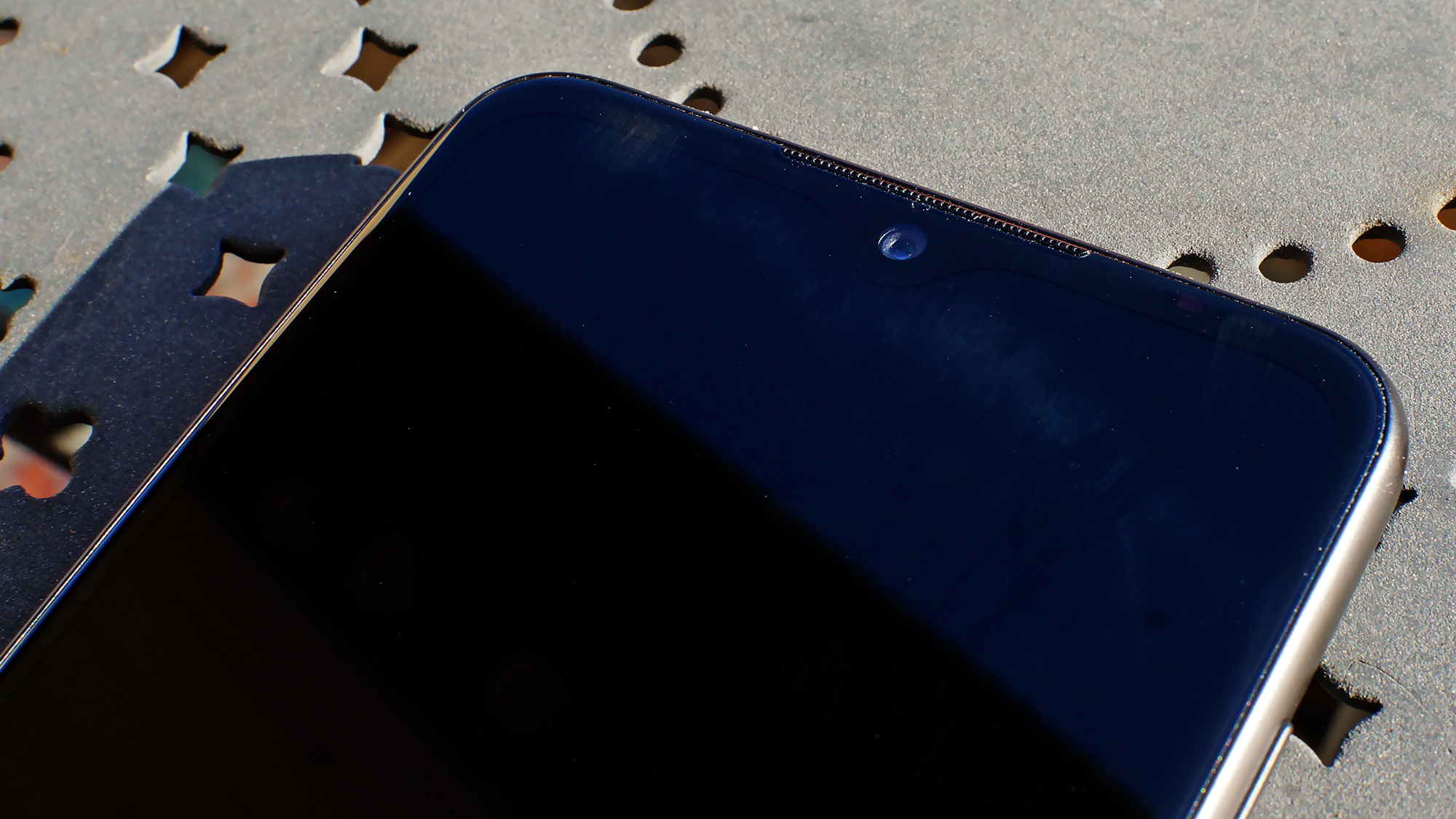
The portrait mode has unique bokeh effects that can let you choose how much blur and what shapes you want (like heart or star blur). But the camera doesn’t do a great job of separating subject and background, so the edges of subjects get hazy.
Then there’s the wide-angle camera. It has an impressive 118-degree FoV (field of view), letting it fit a lot into the shot. But the image quality is rubbish. It falls leagues short of the quality offered by the primary sensor. For a basic shot you want to text to a friend, it will do. But if you want serious pictures, you’re better off ignoring the wide-angle camera.
There’s only digital zoom for the cameras as well. We struggled to take a picture of a pigeon because we couldn’t get close enough. And, using digital zoom, the image became a grainy mess immediately.
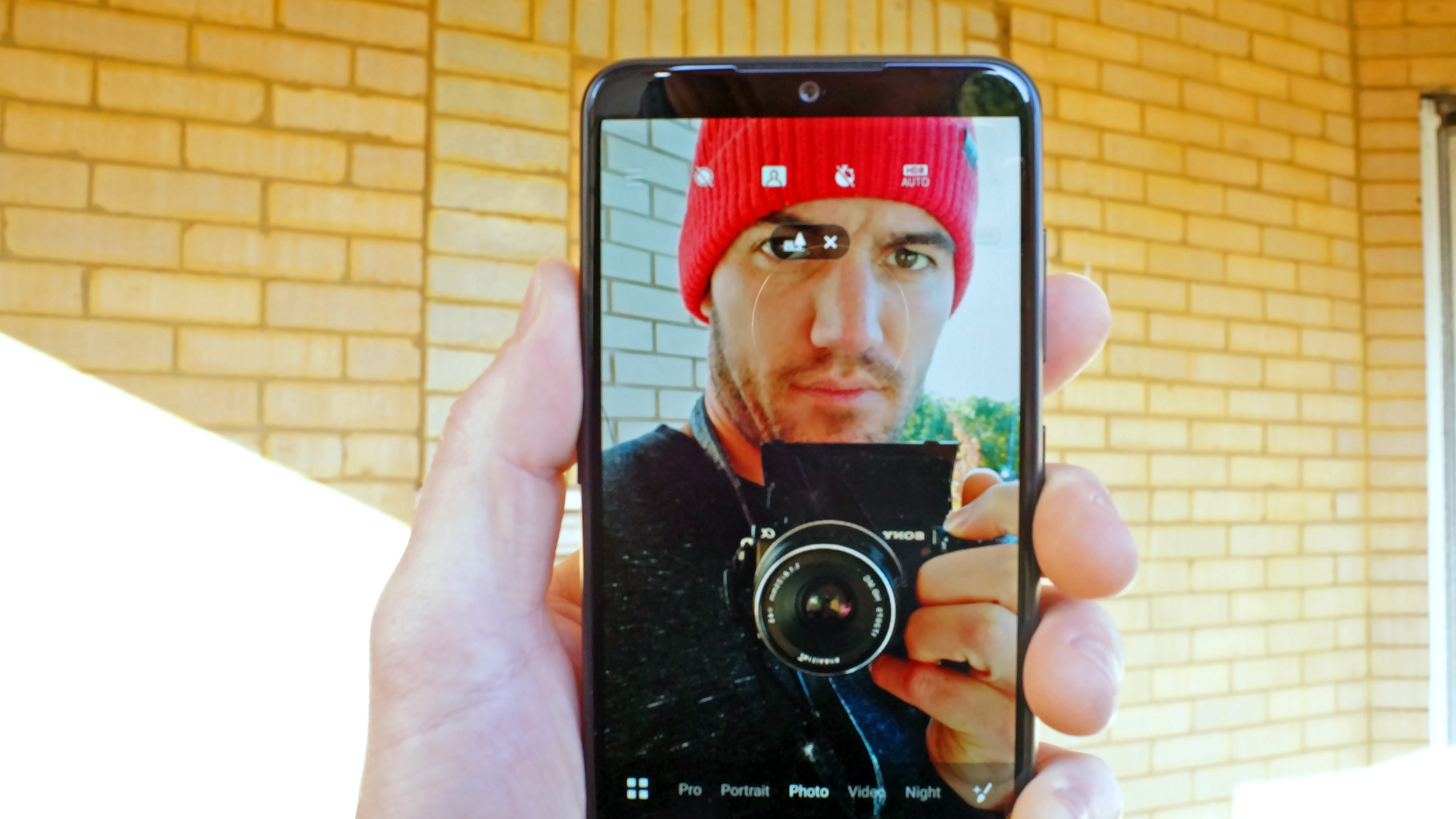
For video, the Nokia 7.2 supports 4K on the rear camera and Full HD on the front. But it doesn’t offer any frame rate options. The recording from the main rear and front sensors continues to look good, while the wide-angle camera continues to let us down.
Two mics on each side of the phone offer stereo recording, but they’re situated right where we’d normally hold the phone, and are easy to accidentally cover up with our hands.
Quick note: the cameras come set to a lower resolution out of the box. Anyone who buys the Nokia 7.2 and doesn’t think to change these settings may think the cameras are considerably worse than they are.
Camera samples


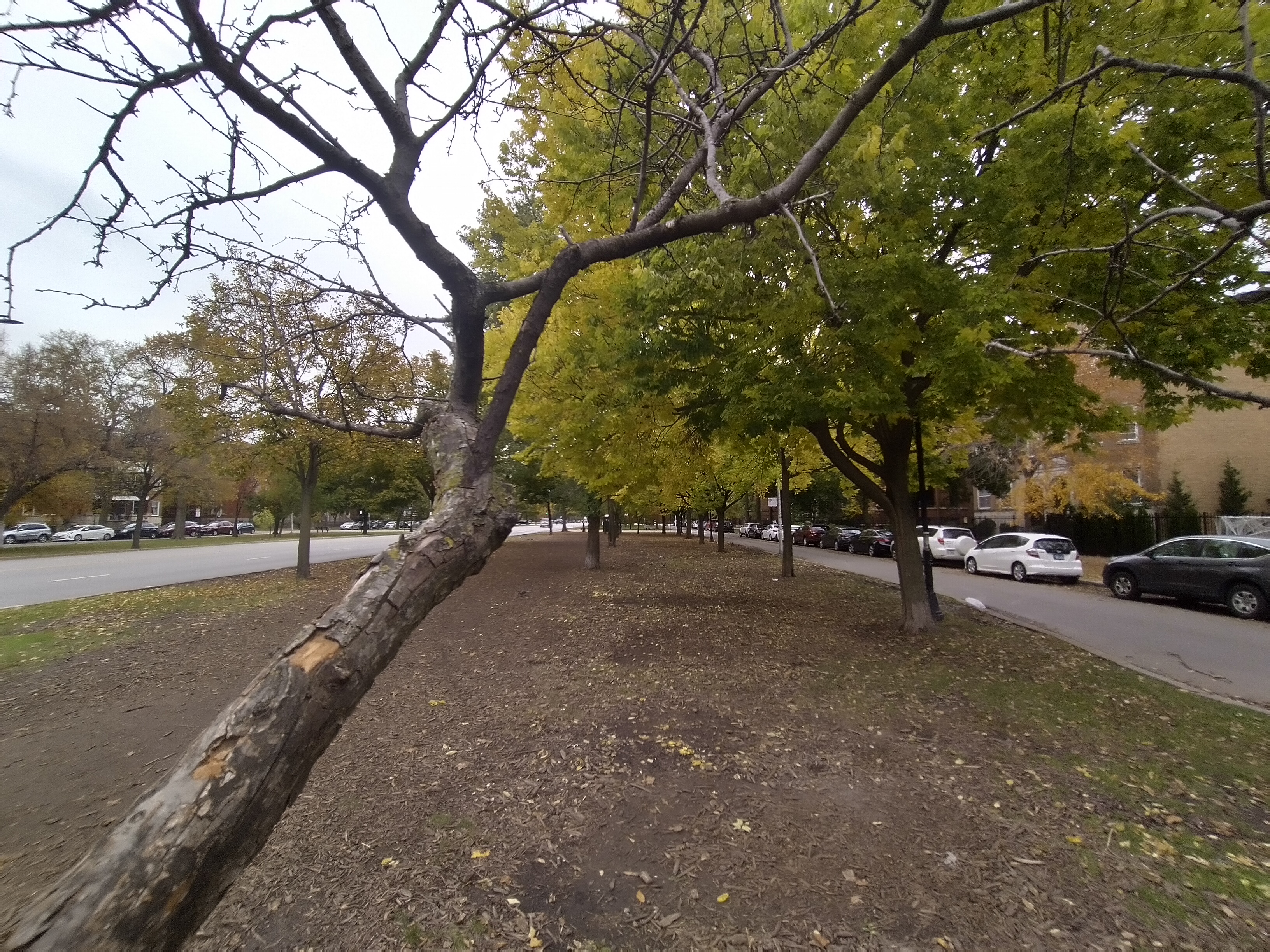
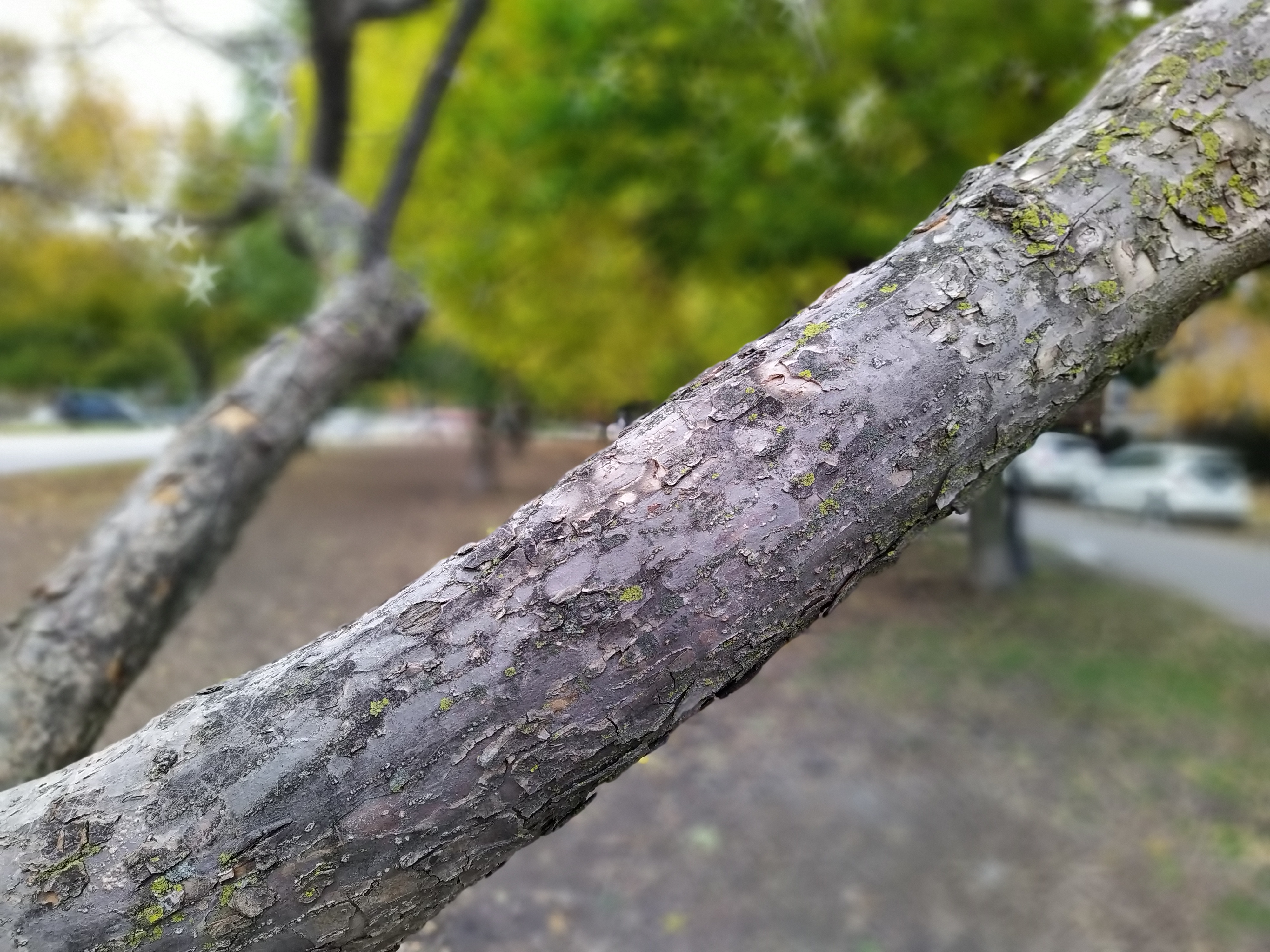

Performance and software
- Snapdragon 660 chipset and generally good performance
- 4GB or 6GB of RAM
- Android 9 Pie, stock Android
The Nokia 7.2 is a smooth-running phone. A Qualcomm Snapdragon 660 chipset powers the experience, and it has a simple stock Android interface. The phone is part of the Android One program, so it isn’t loaded up with any bloatware.
Plus, the maker promises “2 years of software upgrades and 3 years of monthly security updates.” However, the phone comes with Android 9 Pie out of the box, with Android 10 hopefully coming sooner rather than later.
In our Geekbench tests, the Nokia 7.2 earned a 5,910 multi-core score in Geekbench 4, putting it ahead of the Google Pixel 3a. It earned a 1,488 multi-core score in Geekbench 5.
We played the new Call of Duty Mobile game on it, and it run perfectly smooth at low graphics settings. Smooth enough for us to top the leaderboard and mow down enemies so easily that we ran out of bullets and had to switch to the knife until the end of the match.
The camera app can occasionally be slow to launch, but that’s the only time we experienced a hitch. App switching is quick, and most apps launch reasonably fast.
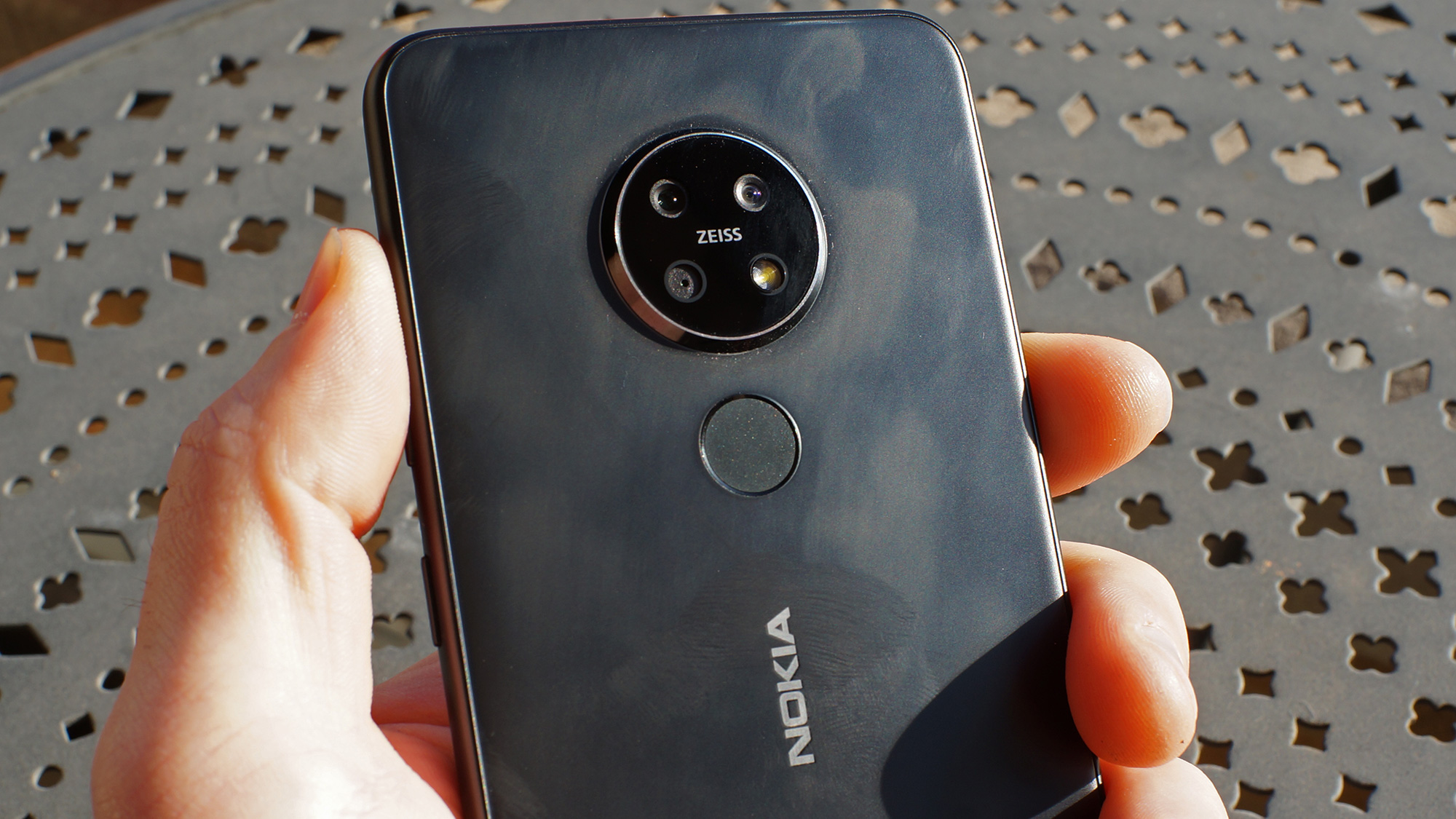
The fingerprint reader is snappy, and combines well with facial recognition for easy unlocking in most situations. It does struggle to recognize us when there’s a strong backlight behind us, though.
The fingerprint reader doubles as a way to swipe down the notification shade, just like earlier Pixel phones. This helps make the experience even smoother, as single-handedly reaching up to the top of a 6-plus-inch display is hard for even large hands.
Audio is loud on the Nokia 7.2. We could hear the sound from our video for battery testing even when it was in another other room and running at only 50% volume. The audio lacks warmth, and has minor hints of reverb to it. But it’s clean enough at maximum volume for decent listening when headphones or a dedicated speaker aren’t available.
For connections, the Nokia 7.2 has dependable 802.11ac Wi-Fi, Bluetooth 5.0, and NFC for contactless payments.
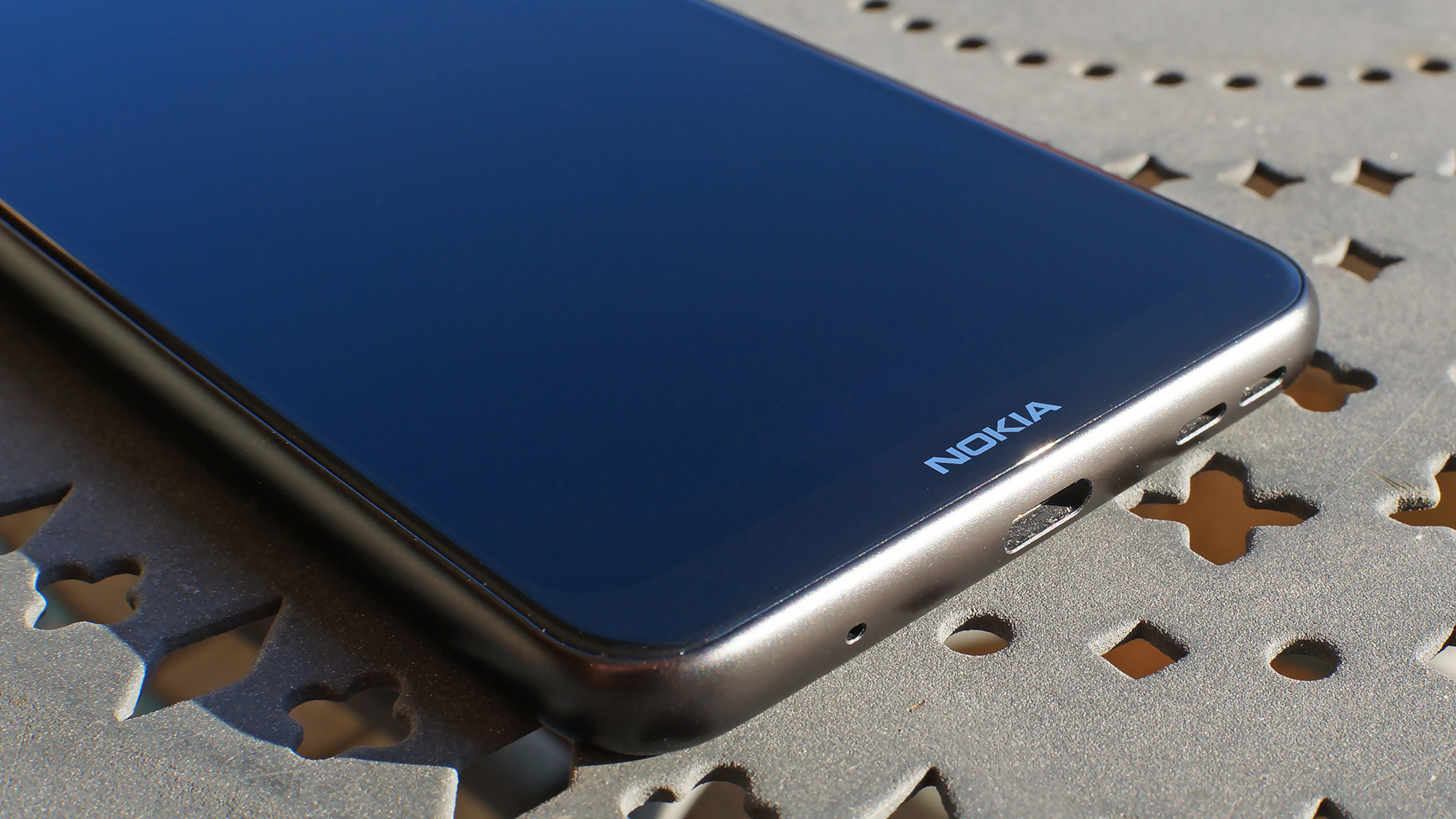
Battery
- 3,500mAh
- Average life and slow charging
The Nokia 7.2’s 3,500mAh battery is good enough for a whole day, but we find it’s one of the weaker points in an otherwise above-average package. Our video test, which runs the phone at maximum brightness for 90 minutes, drained 24% of the battery. That’s higher than we’ve seen on most other phones, including the Pixel 3a.
So it may not be an ideal phone for binge streaming sessions unless you’re willing to lower the brightness some.
HMD Global claims the phone should get two days of battery without charging. While that may be true with light use, a dimmed display, and the Adaptive Battery system well trained, the claim doesn’t line up with our experience.
Charging is also a sour point. 15 minutes of charging only brought the phone up to 17% charge, and a half hour got it to 34%. That’s not fast charging by any means.
Buy it if...
You love stock Android
The pure Android experience is a plus on the Nokia 7.2. You don’t have to suffer through useless apps or odd customizations from the manufacturer.
You’re fine with basic photos
The primary cameras on the Nokia 7.2 work great. The wide-angle can capture a lot of subjects as well, even if it’s not high quality.
You charge your phone daily
The battery here is enough to get you through the day, so you can rest easy. Just make sure to charge it at night.
Don't buy it if...
You want flashy features
The multiple cameras on the Nokia 7.2 might seem exciting, but the extra features aren’t good enough to brag about.
You’re tough on your phone
The Nokia 7.2 has glass on the front and back, and it’s not rated against water. So you should be gentle with it.
You want a cheap, premium phone
This is a true mid-ranger. It’s good in a lot of ways, but if you want a premium phone at a discount, you should look at refurbished flagships.
Competition
There are a number of solid alternatives to the Nokia 7.2, such as the following options.
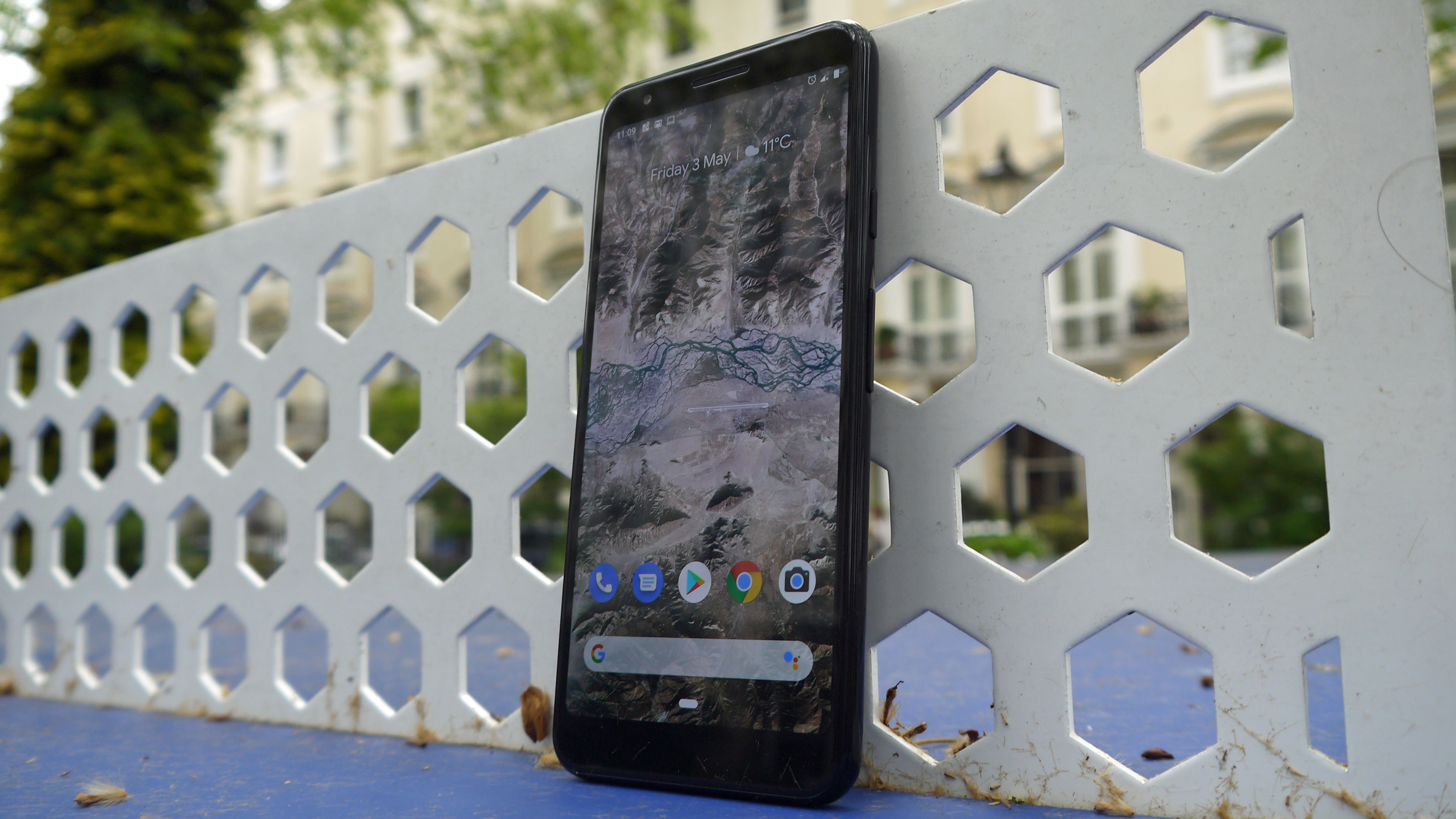
Google Pixel 3a
The Google Pixel 3a has a strong camera setup and an OLED display while costing just a little more than the Nokia 7.2. But its plastic design is a little less endearing.
Read our full Google Pixel 3a review
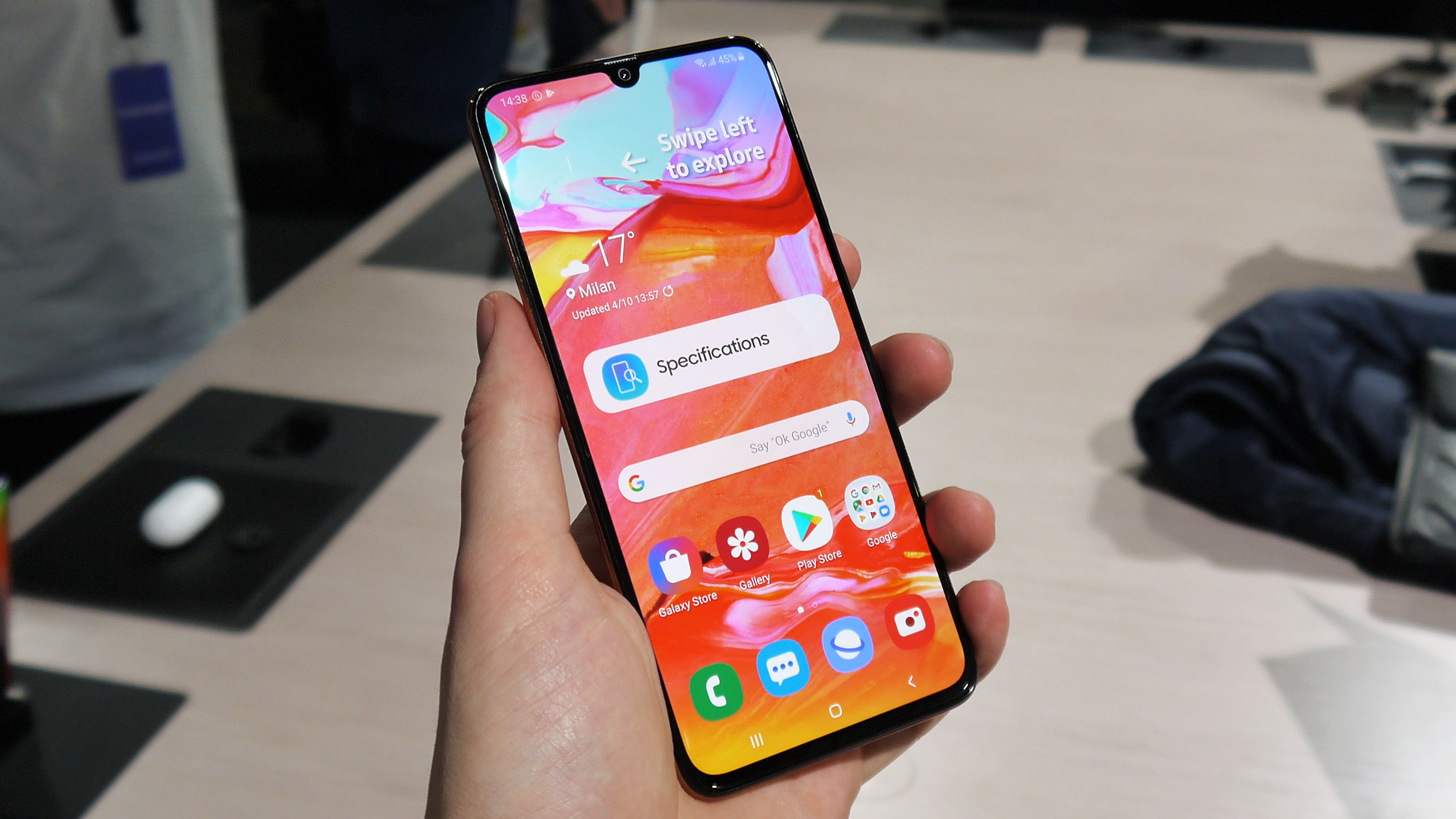
Samsung Galaxy A70
The price is right on the money for the Samsung Galaxy A70. It also has a similarly slick design and an array of cameras, but it packs a 6.7-inch AMOLED display. There’s more plastic here than on the Nokia, though.
Read our hands-on Samsung Galaxy A70 review

Moto G8 Plus
There’s a similar price, design, and chipset in the Moto G8 Plus. It’s loaded with cameras, screen space, and packs a big battery. It’s a close match for the Nokia 7.2.
Read our full Moto G8 Plus review
First reviewed: November 2019
Over the last several years, Mark has been tasked as a writer, an editor, and a manager, interacting with published content from all angles. He is intimately familiar with the editorial process from the inception of an article idea, through the iterative process, past publishing, and down the road into performance analysis.
